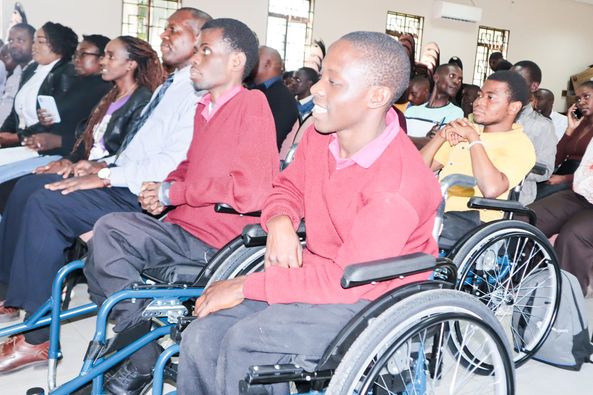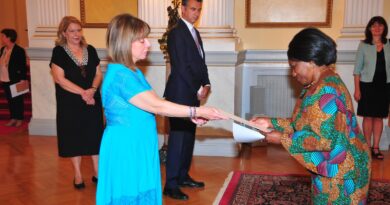Zambia Takes Action to Improve Access to Assistive Devices for Persons with Disabilities
The Zambian government, through the Ministry of Community Development and Social Services, is actively addressing the challenges of accessing assistive devices for persons with disabilities.
According to the 2015 National Disability Survey, only 16.5% of persons with disabilities in the country have access to such devices. Ministry Permanent Secretary Ms. Angela Kawandami has assured that the government is working expeditiously to close this gap.
To tackle this issue, the government has partnered with the Church of Jesus Christ of Latter-day Saints and the Zambia Agency for Persons with Disabilities (ZAPD) to provide over 450 assorted assistive devices worth more than K2.5 million.
Ms. Kawandami highlighted the significant challenges posed by the high cost of assistive devices, the lack of quality devices, and the insufficient training on assessing, assembling, and prescribing specific assistive devices for different types of disabilities.
Speaking at the closing of a training session for occupational therapists on wheelchair management, Ms. Kawandami expressed optimism that these challenges will be addressed through the strategic partnership with the Church of Jesus Christ of Latter-day Saints and support from UNICEF.
She emphasized the government’s commitment to improving the lives of persons with disabilities through disability mainstreaming initiatives.
Mr. Blessings Mushala, head of the Church of Jesus Christ of Latter-day Saints in Zambia, affirmed the church’s ongoing support.
He indicated that they anticipate continued contributions through additional training and donations to positively impact persons with disabilities.
UNICEF Disability Inclusion Program Specialist, Mr. Alick Nyirenda, reiterated that access to assistive technology is a human right and a precondition for equal opportunities.
He stressed the need for a decentralized approach to the identification, screening, assessment, and distribution of appropriate assistive devices to ensure that all persons with disabilities can benefit.



